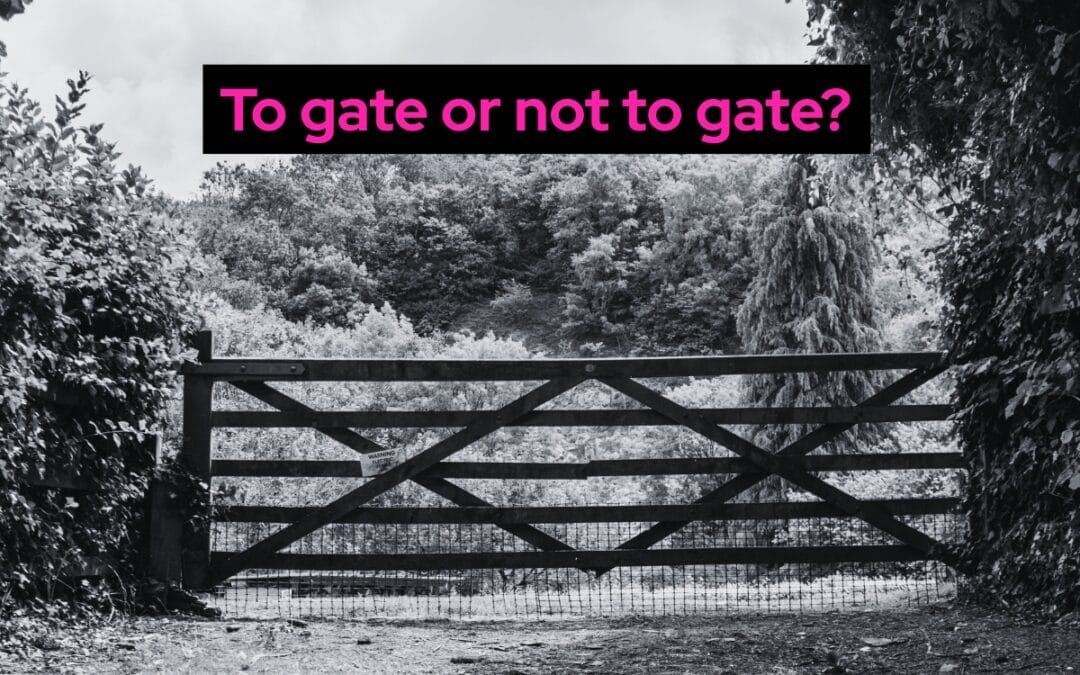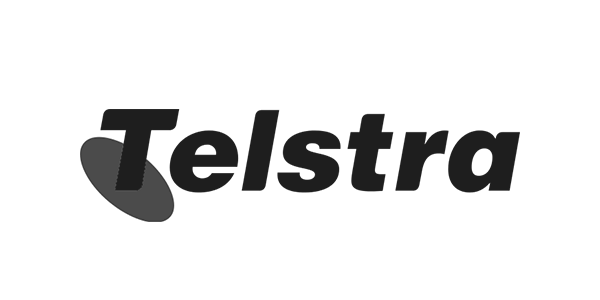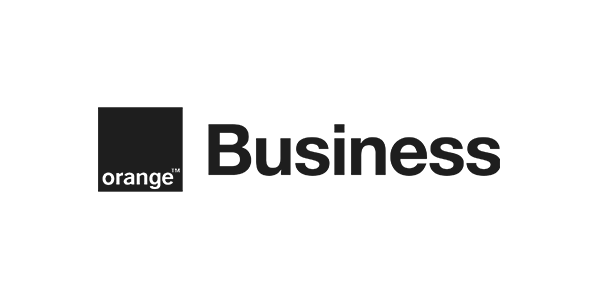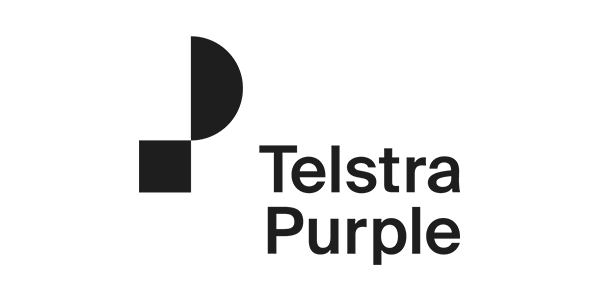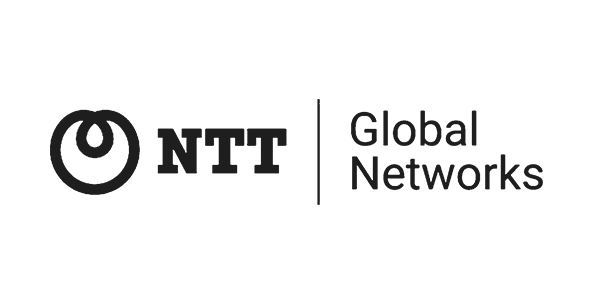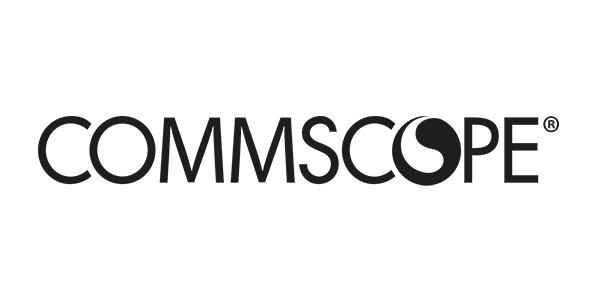ABM is the top priority for B2B marketers. Here’s why
Account-based marketing (ABM) continues to go from strength to strength, delivering results that traditional B2B marketing techniques cannot.
B2B marketers now place ABM front and center when formulating their marketing strategy. According to the Momentum ITSMA 2022 ABM Benchmark Study Elevating ABM: Building Blocks for Long-Term Growth, ABM is the top marketing priority, accounting for 28% of the marketing budget.
Why are marketers prioritizing ABM so much?
Because ABM programs drive significant business impact: Momentum ITSMA found that 77% of companies see ABM assisting revenue growth, 72% say ABM delivers higher ROI than other marketing techniques, and 66% say ABM significantly improves marketing and sales alignment.
This last point is significant because it speaks to bringing marketing and sales closer and makes your marketing a process of ongoing, continuous improvement. Just as companies have realized with customer experience (CX), for example, you drive better results when you create a journey, a continuing relationship between you and your customers. ABM can be that for marketers.

Changing focus and context
There are several reasons marketers are spending more on ABM. It allows marketers to develop a continuing conversation with customers and engage with them more often and consistently. This matters as the B2B sales cycle gets more complex and has more people involved.
The longer sales process means you must focus on selling solutions to real problems rather than selling a product or packaged service. Doing this means you must demonstrate your understanding of customers’ challenges, context, and industry. You’re no longer trying to just sell boxes, one and done, make the sale, and move on. You need to build and maintain lasting relationships.
Establishing what good ABM looks like
ABM has evolved in recent years alongside a shift in customer behavior: B2B customers now expect to be treated much the same as B2C customers. In our view, personalization and emotional engagement have become essential. The content you give to your customers, how you give it, and how often, make up effective ABM.
But successful ABM doesn’t simply happen. It is a delicate process to balance, and it’s time-consuming to design and then maintain. It needs to be well-thought-out and strategized.
Research has found that the top three challenges of implementing ABM are:
• Creating a scalable strategy for multiple accounts
• Producing customized content
• Coordinating programs across marketing and sales.
It’s something we’ve found in our own work, and all three of these speak to an ongoing, sustainable ABM effort that engages your customers on a regular basis with interesting, informative messages.
Marketers often cite other challenges that can stall ABM, things like identifying key accounts, gaining deep insights into targets and personas, and how best to follow up a successful activity. There’s also the question of which approach is best suited for your activities: one-to-one, one-to-few, or one-to-many.
In short, you will need an extensive content library to draw on, tailor, and distribute to your targets. One-to-one can be desirable but is resource-intensive. One-to-few can be more scalable and, therefore, more efficient. The Momentum ITSMA report found that all three types of ABM remain generally popular with marketers. Around half of companies use a blended approach that balances the need for reach with the need to take care of priority accounts. So, it depends on your needs.
Content, context and consistency count
Perhaps the most important thing to remember in ABM today is that it’s a marathon, not a sprint.
On average, B2B buyers read 13 pieces of content before they make a decision about a purchase, the majority of which come from the vendor. So, you need a good-sized library of compelling content comprising different asset types and a clear plan of how you will personalize your activities by account and target. We believe you’re starting on a journey that you want your customer to accompany you on, so be clear about your strategy from the outset.
Assets designed to raise awareness generally differ in style and frequency to assets tailored to the evaluation stage. Blogs can work better at the awareness-raising stage than other types of assets – the CMI has found that blog posts were 73% effective at moving leads to the next stage of the sales funnel and creating more brand awareness.
In contrast, case studies were only 18% effective at capturing more top-of-the-funnel leads. Personas matter too. Different roles will have differing challenges which they want to see addressed with the solution. So our advice is to consider creating assets that appeal to those differing roles.
What’s clear to us is that ABM is a vital marketing tool today and one you need to get right and know what you’re doing. It delivers results: in a research report by SiriusDecisions, 91% of companies using ABM said they increased their average deal size, with 25% of them stating the increase was at least 50% or above.
Are you trying to figure out whether ABM is for you?
Our ebook will give you an in‑depth understanding of what goes into a successful B2B ABM campaign. We will focus on valuable tactics and examples and address any challenges you might face. Download it for free, here.
Perhaps you have a more fundamental problem: how on earth do you create an interesting whitepaper for your ABM campaign, that can engage and persuade rather than be TL;DR? Follow our guide to creating whitepapers that can convey complex technology messaging in a clear, concise, and comprehensible manner.
Author:

![Create the ideal white paper in eight weeks [infographic]](https://www.futuritymedia.com/wp-content/uploads/2020/02/Futurity-Whitepaper-Timeline-Graphic-v6-header.jpg)

![New to ABM? Follow these 5 steps to drive complex sales [UPDATED]](https://www.futuritymedia.com/wp-content/uploads/2023/04/shutterstock_1225782988.jpg)

